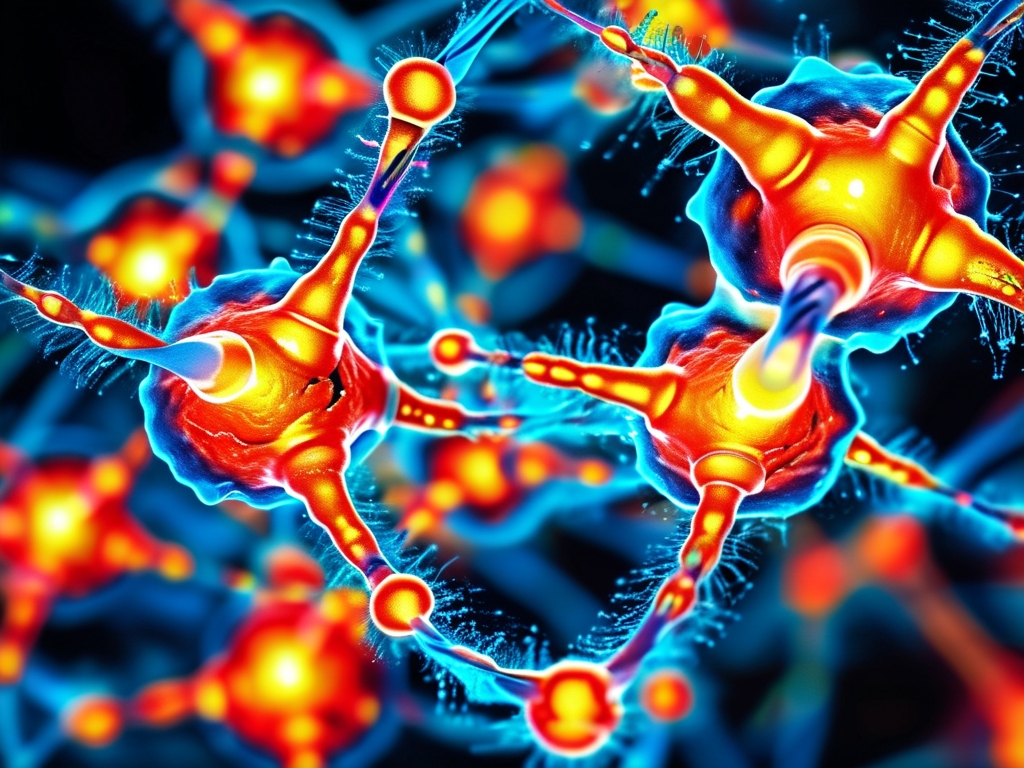In the rapidly evolving field of artificial intelligence (AI), neural networks have emerged as the backbone of modern machine learning systems. Among the tools enabling this revolution, PyTorch stands out as a flexible and powerful framework for designing, training, and deploying neural networks. This article explores PyTorch’s role in neural network development, its core features, and why it has become a favorite among researchers and developers.

What is PyTorch?
PyTorch is an open-source machine learning library developed by Meta’s AI Research lab (FAIR). Built on the Torch library, it provides a Python-centric interface for building and training neural networks. Unlike static computational graph frameworks, PyTorch uses dynamic computation graphs, allowing developers to modify models on-the-fly. This flexibility makes it ideal for research, experimentation, and production-grade applications.
Core Features of PyTorch for Neural Networks
-
Dynamic Computation Graphs (Autograd)
PyTorch’s Autograd system automatically computes gradients during backpropagation, a critical step for training neural networks. Unlike static graphs, dynamic graphs enable debugging and real-time adjustments, which is invaluable for prototyping complex architectures like recurrent neural networks (RNNs) or transformers. -
Tensor Operations with GPU Acceleration
PyTorch leverages tensors—multidimensional arrays—as its primary data structure. These tensors can be processed on GPUs, drastically accelerating computations for large-scale neural networks. A simpleto(device)command shifts operations between CPU and GPU, optimizing resource usage. -
Prebuilt Layers and Modules
Thetorch.nnmodule offers prebuilt layers (e.g., convolutional, linear, dropout) and loss functions, simplifying model construction. Developers can stack these layers or create custom modules using Python’s class syntax, blending simplicity with extensibility. -
Integration with the Python Ecosystem
PyTorch integrates seamlessly with libraries like NumPy, SciPy, and visualization tools like Matplotlib. This interoperability streamlines data preprocessing, analysis, and result interpretation.
Why PyTorch Dominates Neural Network Research
-
Research-Friendly Design
Academic researchers favor PyTorch due to its intuitive syntax and dynamic nature. Implementing novel architectures—such as attention mechanisms or graph neural networks—is straightforward, fostering rapid innovation. -
Strong Community and Resources
PyTorch boasts a vast community, offering tutorials, forums, and third-party tools. Platforms like Hugging Face and Fast.ai build atop PyTorch, providing pre-trained models for NLP, computer vision, and more. -
Deployment Capabilities
With tools like TorchScript and ONNX support, PyTorch models can be exported for production in non-Python environments, bridging the gap between research and industry.
Real-World Applications
- Computer Vision: PyTorch powers models like ResNet and YOLO for image classification and object detection.
- Natural Language Processing (NLP): Transformers (e.g., BERT, GPT) are often implemented using PyTorch for tasks like translation and text generation.
- Reinforcement Learning: Libraries like PyTorch Lightning simplify training AI agents in dynamic environments.
PyTorch vs. Competitors
While TensorFlow once dominated the landscape, PyTorch’s dynamic approach and Pythonic design have shifted the tide. TensorFlow’s static graphs and complex API lag in flexibility, though TensorFlow 2.0 adopted eager execution to compete. Meanwhile, newer frameworks like JAX offer advanced features but lack PyTorch’s mature ecosystem.
Getting Started with PyTorch
To build a simple neural network in PyTorch:
- Install PyTorch via
pip install torch. - Define a network using
torch.nn.Module:Pythonclass Net(nn.Module): def __init__(self): super().__init__() self.layer = nn.Linear(10, 5) # Input: 10 features, Output: 5 def forward(self, x): return self.layer(x) - Train the model using gradient descent and backpropagation: Python
optimizer = torch.optim.SGD(model.parameters(), lr=0.01) loss_fn = nn.MSELoss() for epoch in range(100): optimizer.zero_grad() outputs = model(inputs) loss = loss_fn(outputs, labels) loss.backward() optimizer.step()
The Future of PyTorch
PyTorch continues to evolve with advancements like torch.compile for faster execution and PyTorch Mobile for edge devices. As AI tackles challenges in healthcare, climate science, and robotics, PyTorch’s adaptability ensures it will remain at the forefront of neural network innovation.
PyTorch has redefined how neural networks are built and deployed. Its blend of flexibility, performance, and ease of use makes it indispensable for both cutting-edge research and real-world applications. Whether you’re training a simple classifier or a billion-parameter LLM, PyTorch provides the tools to turn ideas into impactful AI solutions.


